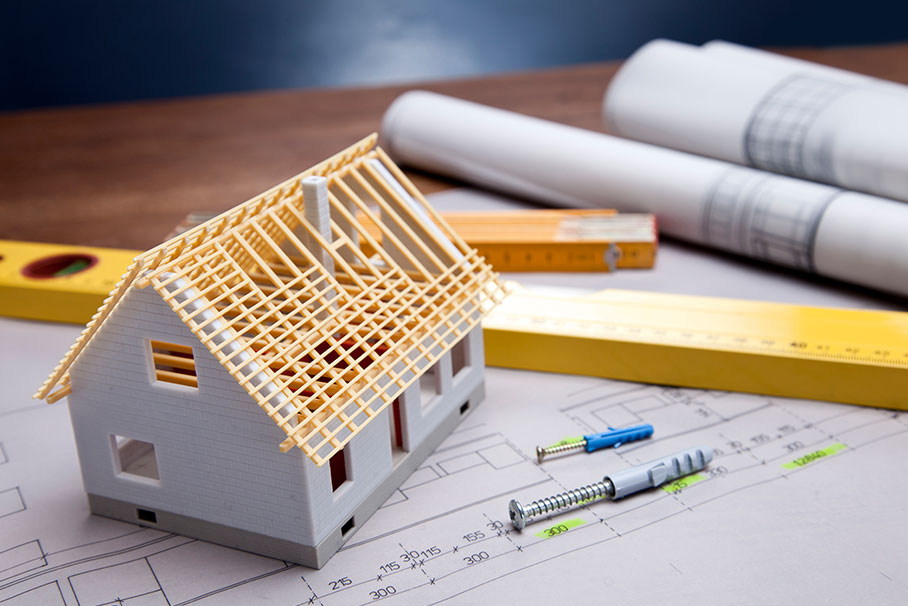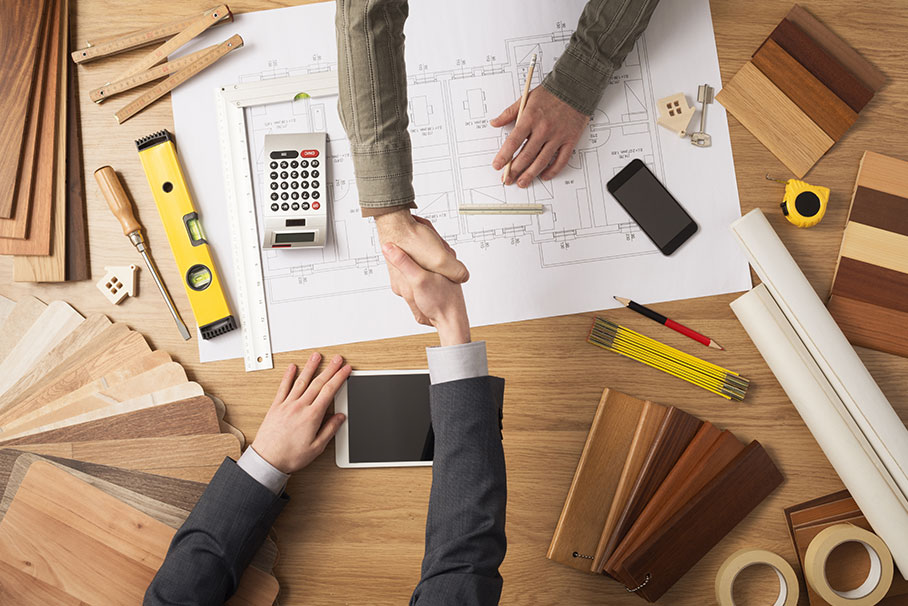
The first few months of owning a new home can be exciting and challenging. There are many things to consider, including furniture and accessories, decorating ideas, and more. However, many homeowners don’t think as much about how construction affects their homes after it’s finished.
Some people find that they have a few minor issues. In contrast, others discover significant problems with their new homes. Either way, knowing where to start or what steps to take can be overwhelming.
In this post, we will look at different ways to identify problems in the construction of new homes after the building process. That way, you know the following steps if something goes wrong!
Step 1: Inspect the Heating, Ventilation, and Air Conditioning (HVAC) System
When inspecting a new home, one of the most important things to do is to look at the HVAC system. Doing this step first is crucial since the HVAC is one of the most expensive parts of your home. If it doesn’t work properly or breaks down before you move into your house, it could cost thousands of dollars in repairs.
When inspecting an air conditioning unit, ensure there are no leaks around any ducts or vents in the house, especially around doors or windows where gaps between them and their frames may exist. Also, check for loose screws on any vents or grilles. These can cause drafts that let warm air escape inside your home during winter when doors are closed tightly against cool outside temperatures!
Step 2: Check the Quality of Insulation and Ventilation
You should also check the quality of the insulation and ventilation. These elements’ quality affects energy efficiency and comfort, so you must examine them closely. Poorly insulated walls or poorly constructed windows make staying comfortable during winter or summer more challenging.
Moreover, mold can grow on interior surfaces like drywall or carpeting if there’s not enough ventilation in your new home. Mold is not only unsightly but also poses health risks to your family. Prefabricated metal buildings generally keep you cool and safe from such hazards.
Step 3: Review the Electrical Systems
The easiest way to identify problems in new construction homes is to review the electrical systems. You can do this by looking at the wiring, determining what type it is (copper or aluminum), and inspecting for any signs of damage or wear. If you need help deciding what kind of wire your home has, ask an electrician for help.
Step 4: Inspect the Plumbing and Drains
The material used for your home’s pipes is vital to consider. Polyvinyl chloride (PVC) is a common material for plumbing in new homes. It’s easy to install and can withstand high temperatures. However, it can also degrade over time if not properly maintained. Other options include copper pipes (which are more expensive) or different types of metal piping.
Step 5: Inspect Masonry Chimneys and Fireplaces
Chimneys are highly susceptible to moisture damage, which can cause the masonry to decay over time. You should inspect the chimney regularly for cracks or signs of wear. If you see any signs of deterioration, have it repaired immediately!
Step 6: Check the Kitchen Cabinets, Drawers, and Appliances
These are usually some of the most expensive parts of any home and should be carefully constructed. If the drawers don’t close properly or are difficult to open, something is wrong with them. You should also check for any gaps between your cabinets and walls. Large gaps could lead to problems later when attempting to clean your home.
Choose a Reputable Home Builder Today
If you’re buying a newly constructed home, ensuring no construction problems should be your priority. This is why taking precautions begins with the homebuilder you choose to execute your project. At Mangum Builders, we work closely with all our clients to plan and build their custom homes. We strive to live out our values every day, delivering consistent quality, premium craftsmanship and a superior customer experience. Contact us for reputable home-building services today!


